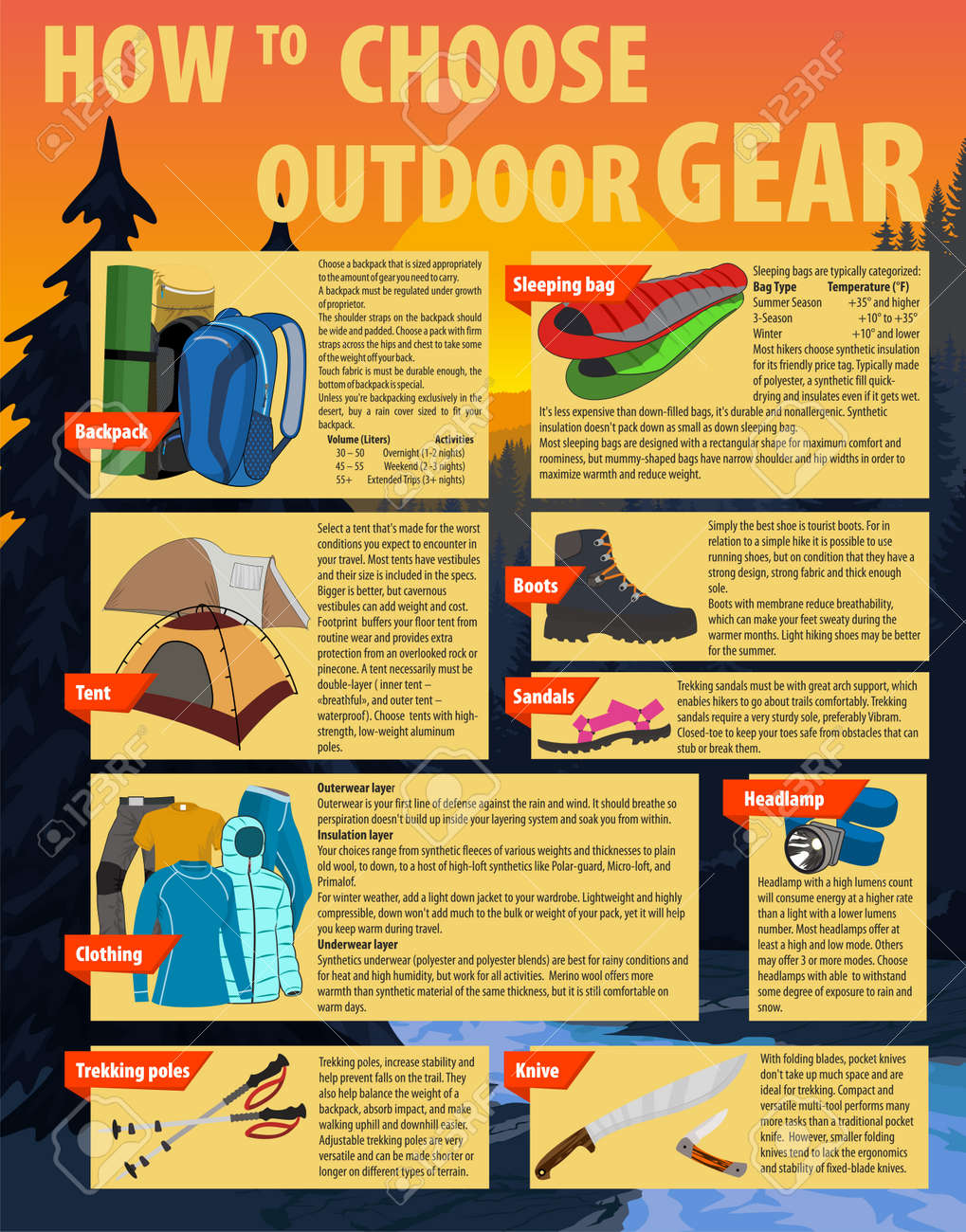What Size Stove Jack Do You Need
Multi-Purpose Makes Use Of for Rain Flies in CampThe rain fly is a crucial part of your camping tent, shielding it from rainfall, wind and extreme sunlight. Whether you pick a large multi-room tent or lightweight backpacking camping tent, you'll locate that a quality rainfly improves your outside experiences.
Search for a rainfly with long lasting materials and a high waterproof rating. Consider the weight and packability of a rainfly when picking it for backpacking trips.
Sleeping Tent
A rainfly provides added defense for your outdoor tents from unforeseen showers. Its style deflects rainfall and snow and aids stop water from pooling on the top of your tent. This can create the material to sag and cavern, causing leaks.
Modern rainfly fabrics include polyurethane or silicone layers to use outstanding waterproofing. Numerous likewise feature secured joints to avoid water from leaking with stitching. Some also have reflective spots to help you situate your tent in low-light problems.
Pick a rainfly that reflects the climate and camping problems you come across most frequently. As an example, desert campers need a rainfall fly that blocks wind and UV rays. Backpackers need to take into consideration ultralight rain flies to decrease pack weight without jeopardizing protection. Try to find adjustable add-on points that permit you to alter the stress on the fly to make sure that it is taut and located correctly to stop leaks. A well-positioned rainfly can likewise control temperature and lower condensation inside the camping tent.
Tarp
Tarps are versatile pieces of outdoor camping gear, and a tarpaulin shelter can be among the most comfy options for camp. Along with being able to be set up in endless methods, tarpaulins likewise tend to call for less equipment than camping tents and are much lighter in weight.
A major benefit to tarp sanctuaries is that they allow for sufficient ventilation. While this can be a disadvantage for some campers, that may favor to have a more enclosed area, it is a crucial consider maintaining occupants from overheating and reducing the build-up of condensation that can compromise the fabric.
As with other arrangements, when establishing a tarp sanctuary, see to it the ridge line is established at an angle to help direct rain and snow away from the shelter. A great ridgeline can likewise maintain wind from blowing the tarpaulin around. Make certain the tarpaulin is secured properly with suitable connecting methods, such as a prusik knot (or moving knot), at heights that create adequate head area and are not a stumbling threat, and incline the tarpaulin suitably for water drainage.
Insurance coverage
A rainfly is just one of one of the most vital pieces of camping devices to cause any type of trip. It safeguards your tent from weather that can quickly change, allowing you to stay comfortable and enjoy your wilderness adventures.
Modern rain tent floor fly designs offer greater than just water resistant defense. Some have built-in solar panels to help you keep charged on the go, while others have adjustable vents for air movement to minimize condensation accumulation. Selecting a rainfly that fits your requirements and preferences is vital for the overall experience.
Look for light-weight materials, such as nylon or polyester, and polyurethane finishings to improve water resistance. Also consider the rainfly's head hydrostatic stress score, which assists you assess its ability to withstand rains and wind. Remember that rainfall flies typically have to be cleansed after each use, considering that dirt can wear on the water-proof layer. It's ideal to tidy and store it in a cool, completely dry location to prevent mold and mold.
Shelter
A rainfly is a vital tool for your hammock, safeguarding you from the elements and making certain that you can rest conveniently. When picking a rainfly, think about the climate and problems in which you'll be camping. As an example, exotic environments might need a rainfall fly that has high humidity and UV defense. Various other considerations include fabric kind and weight. Look for alternatives that are light-weight and made from durable products that resist abrasions and discolorations.
If you don't have a rain fly, you can produce a makeshift shelter utilizing a tarp. Nevertheless, it's ideal to set up your rainfall protection initially before putting up the remainder of your tent. This guarantees that you can quickly and easily enter and out of your hammock in the event of an unexpected tornado or change in climate. Additionally, make certain that your rain fly is appropriately anchored to prevent flapping in the wind. Remember that rain flies and insect nets should be cleaned regularly to stop mud, mold and mold and mildew from building up gradually.
